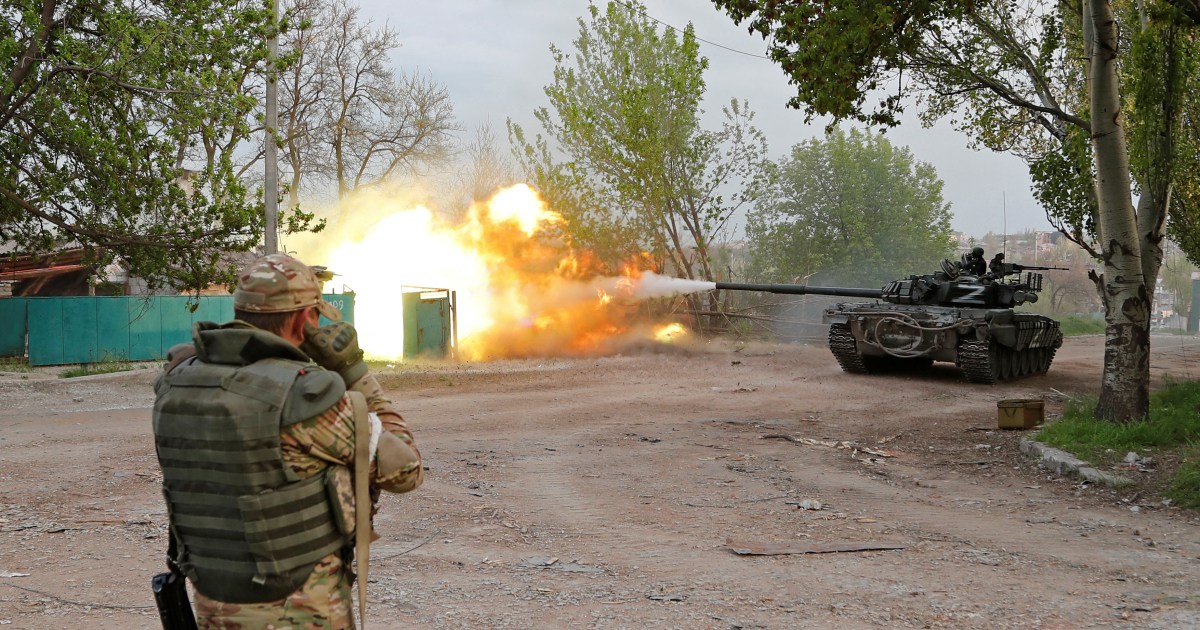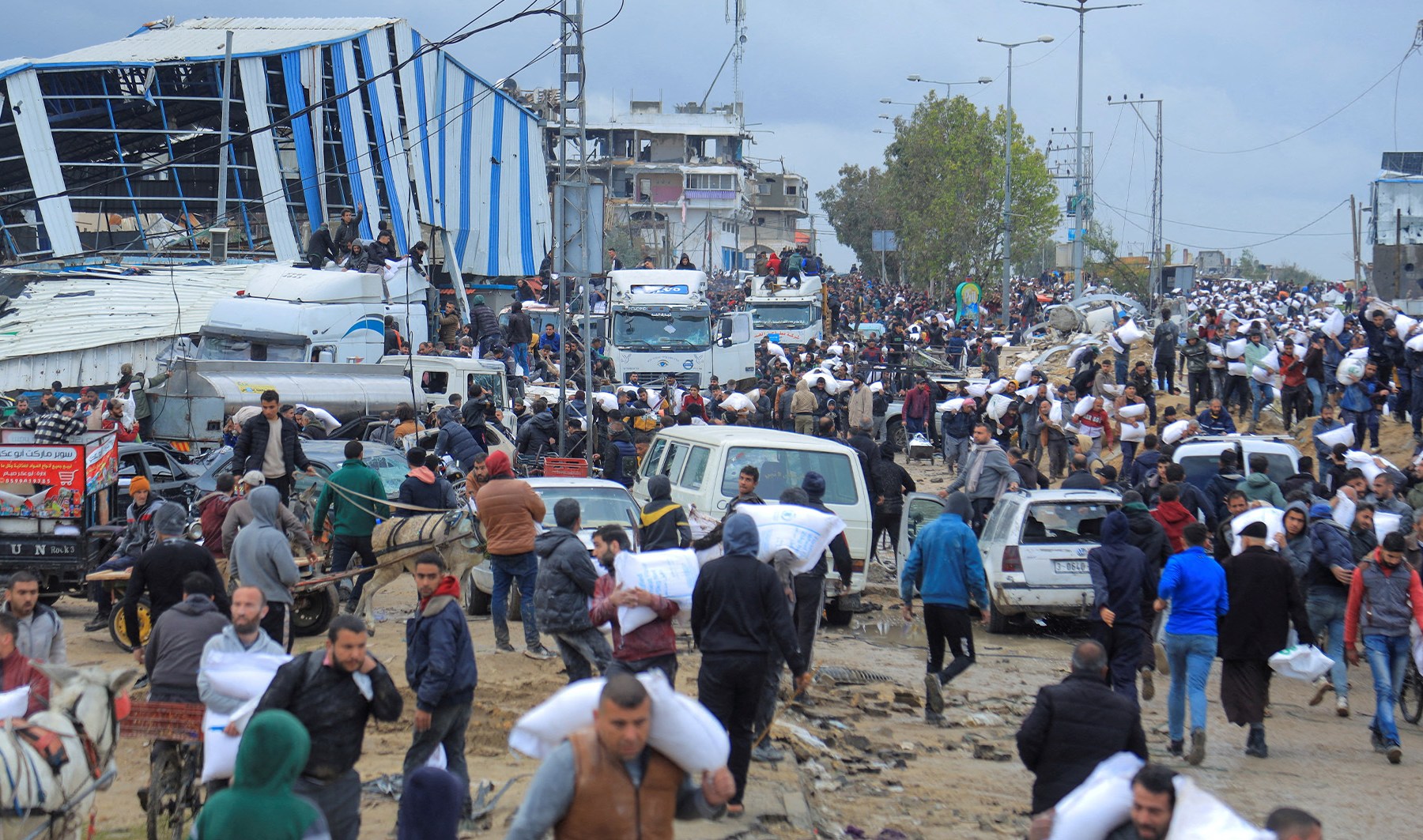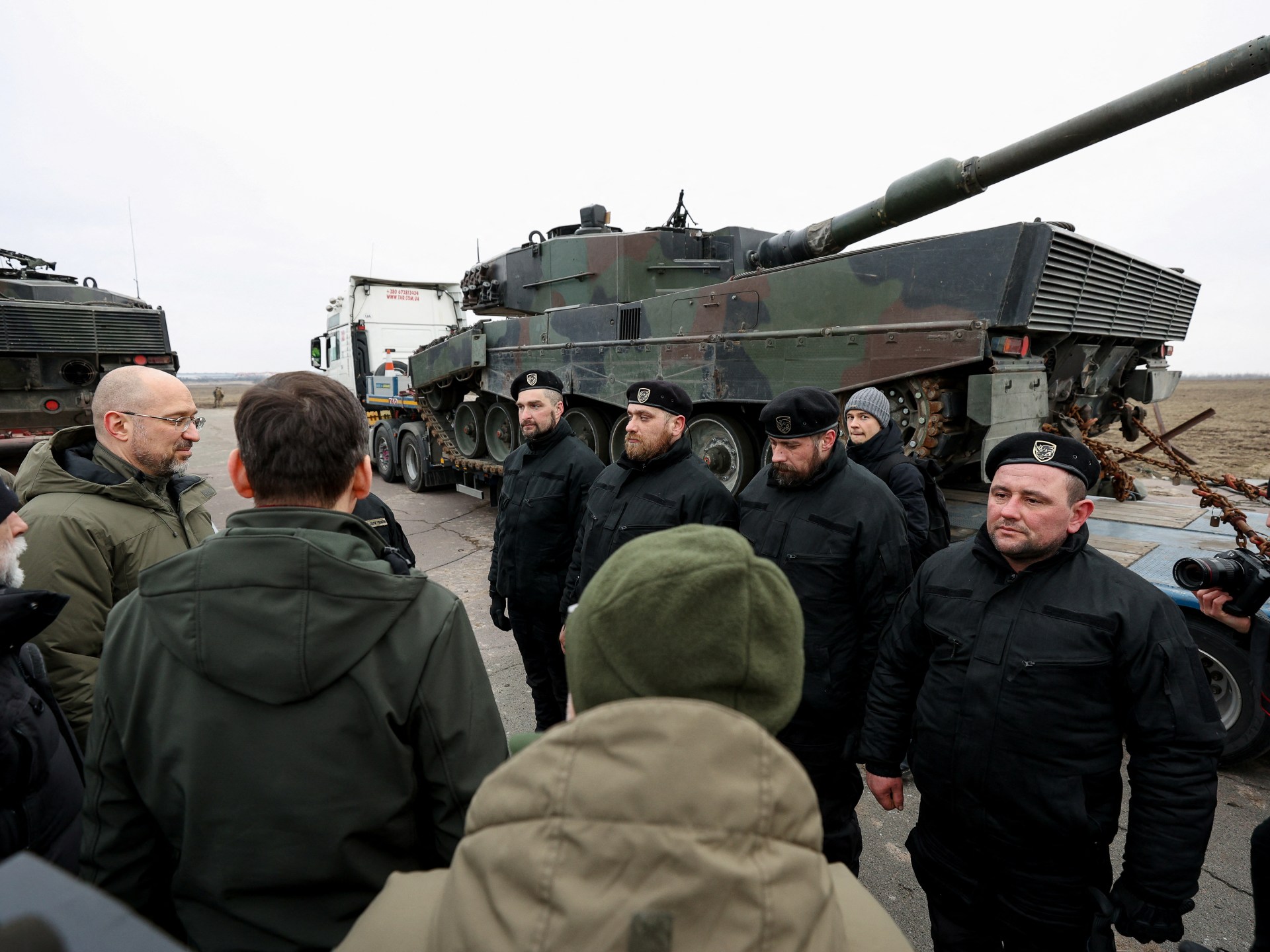UN readies third evacuation from Mariupol ‘hellscapes’
UN chief Antonio Guterres says nearly 500 people were evacuated on Thursday as Russia tries to crush last pocket of resistance.
A third operation to rescue people from the besieged southern Ukrainian city of Mariupol is expected on Friday with United Nations chief Antonio Guterres saying everything was being done to get people out of what he described as “hellscapes”.
Weeks of Russian bombardment have already reduced much of the city to rubble, but fighting has intensified in recent days around the sprawling Azovstal steelworks where Ukrainian soldiers are making their last stand and about 200 civilians are thought to be trapped.
“We must continue to do all we can to get people out of these hellscapes,” Guterres said. He declined to give details on the new operation “to avoid undermining possible success”.
The UN and the Red Cross undertook two evacuations on Thursday, bringing nearly 500 people to safety from Azovstal, Mariupol and surrounding areas, Guterres said on Twitter.
“I hope that continued coordination with Moscow & Kyiv will lead to more humanitarian pauses to allow civilians safe passage,” he wrote.
Ukrainian President Volodymyr Zelenskyy said in his regular late-night video address that there had been evacuations and “people are on their way to safe territory”. He did not say how many had been rescued.
“Russian shelling and the storming of Azovstal are not stopping,” he said. “But civilians still need to be taken out, women and children. A lot of children remain. Just imagine what sort of hell this is.”

Ukrainian fighters in the tunnels beneath the steel plant appear to be fighting an increasingly desperate battle against Russian troops, amid speculation Russia wants to declare some kind of battlefield triumph – or announce an escalation of the war – in time for May 9, which marks the Soviet Union’s victory over Nazi Germany and is the biggest patriotic holiday on the Russian calendar.
No surrender
Some 2,000 Ukrainian fighters, according to Russia’s most recent estimate, are in the plant.
The soldiers will “stand till the end. They only hope for a miracle,” Kateryna Prokopenko said after speaking by phone to her husband, Azov Regiment commander Denys Prokopenko, who is a leader of the steel plant defenders. “They won’t surrender.”
Prokopenko had told her he would love her forever.
“I am going mad from this. It seemed like words of goodbye,” she said.
Captain Sviatoslav Palamar, deputy commander of the regiment, told Ukrainian TV that Russian troops were inside the plant for a third day and were meeting fierce resistance. “Heavy fighting is under way,” he said.
The Russians managed to get inside with the help of an electrician who knew the layout, said Anton Gerashchenko, an adviser to Ukraine’s internal affairs ministry.
“He showed them the underground tunnels which are leading to the factory,” Gerashchenko said in a video posted late Wednesday. “Yesterday, the Russians started storming these tunnels, using the information they received from the betrayer.”
Moscow has denied its troops were storming the plant, but has issued several ultimatums for the Ukrainians to surrender. It has accused the soldiers of refusing to allow the civilians to leave.
If Russia takes complete control of Mariupol it would establish a land corridor to the Crimean peninsula, which it seized from Ukraine in 2014, and free up troops to fight elsewhere in the Donbas, the eastern industrial region where the Kremlin is now directing its firepower after pulling back from Kyiv, the capital.
Mariupol, which had a population of more than 400,000 before the Russian invasion, has come to symbolise the misery of the war. About a quarter are thought to remain, with the city now in the hands of the administration of the self-styled and Russian-backed Donetsk People’s Republic.




